The 7 Wildest Buildings That Were Never Built
These ambitious projects were never made, but they would have dramatically changed the world's biggest cities.
By Tim Newcomb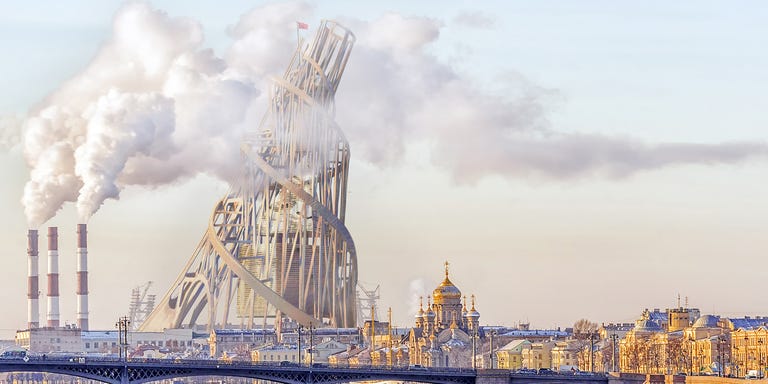
NEOMAN STUDIOS
Picture a giant elephant with a waterfall cascading from its trunk right in the heart of Paris. Or an Antoni Gaudi work in New York City, a pyramid in Tokyo, or a mile-high Frank Lloyd Wright skyscraper among the Chicago skyline.
These architectural dreams never came to be, but that didn't stop the artists at NeoMan Studios to envision how these projects would have changed these cities. Here's a look at seven of the world’s wildest unbuilt icons and what they would like like today.
Bangkok Hyperbuilding
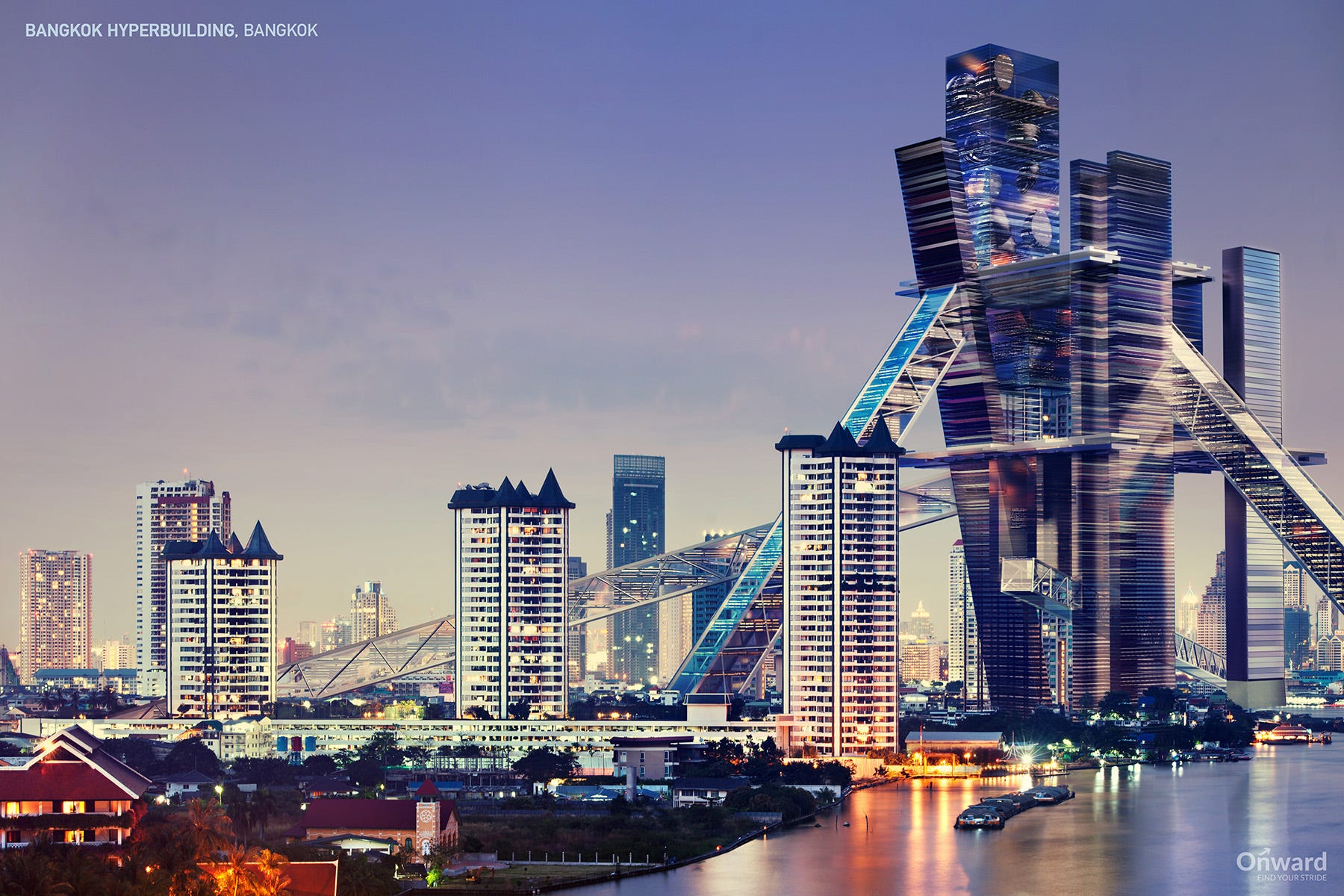
NEOMAN STUDIOS
Bangkok, Thailand
You don’t have to dip too far back into history to find this Rem Koolhaas concept from 1996 to combat urban sprawl. The Hyperbuilding planned to house 120,000 folks in 3 percent of the space normally required by a conventional housing development.
Mixing in green space, workplaces and various services, the Hyperbuilding could have also reduced commutes, energy consumption and, well, the need to ever leave your home structure.
The Illinois
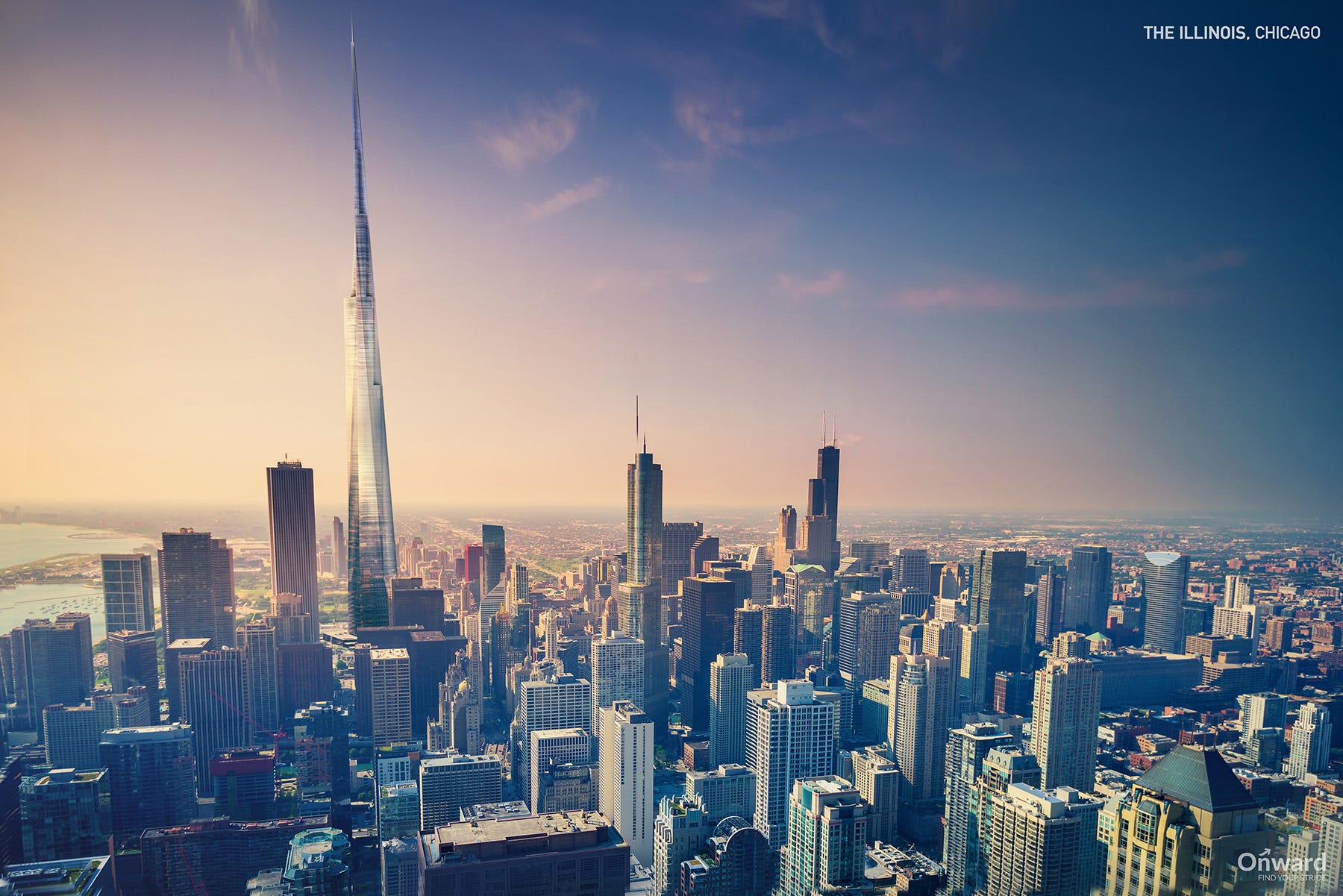
NEOMAN STUDIOS
Chicago, U.S.A.
Frank Lloyd Wright wanted to travel a mile high. In Chicago. Proposed via a 1957 book, The Illinois could have housed 100,000 people moving up the mile-high tower via atomic-powered elevators at 60 mph. With room for 20,000 cars and 180 helicopters, The Illinois would have changed the way of life in Chicago, not to mention the skyline.
Of course, this was all fanciful design that enlarged safety, financial and plausibility concerns.
Shimizu Mega-City Pyramid, Tokyo Bay, Japan
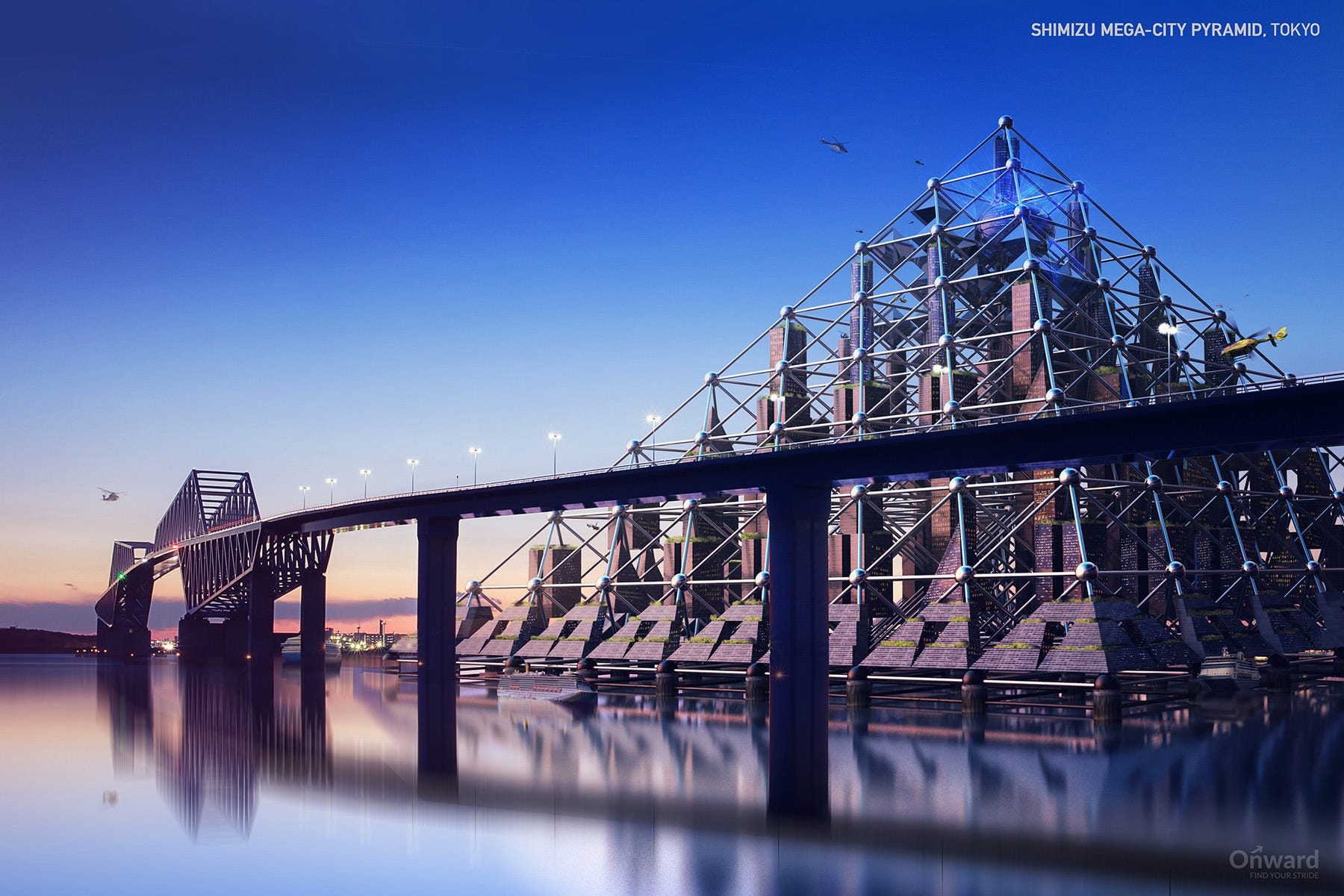
NEOMAN STUDIOS
Tokyo Bay, Japan
Forget housing hundreds of thousands of folks, the Shimizu Mega-City Pyramid sought to jump 6,561 feet tall—making it the largest manmade structure in the world—and house one million people. Located on Tokyo Bay, the concept from 2004 didn’t offer much in the way of concrete reality.
With plans to use specialized concrete to form 36 foundational piers, the external structure of an open network of mega-trusses and supporting struts made from carbon nanotubes to withstand earthquakes and tsunamis is still ahead of its time as the materials to create it aren’t yet available.
The Triumphant Elephant
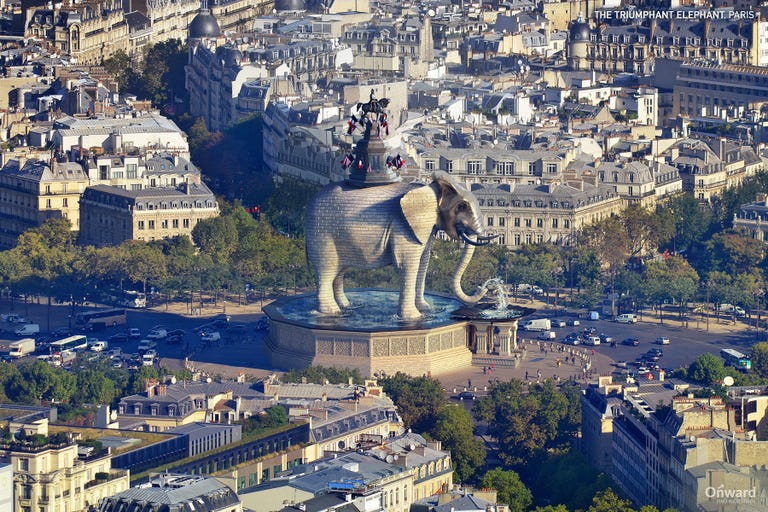
NEOMAN STUDIOS
Paris, France
Paris loves triumph. From the Arc de Triomphe to The Triumphant Elephant. Conceptualized in 1758 by architect Charles Ribert, the giant elephant in the heart of the city included a proposal to have three interior levels accessible via a spiral staircase. An interior ballroom was designed to have an orchestra playing music that emitted to the streets via the elephant’s ears.
Of course, the flowing water from the trunk would have really punctuated the triumph of the elephant.
The Walking City
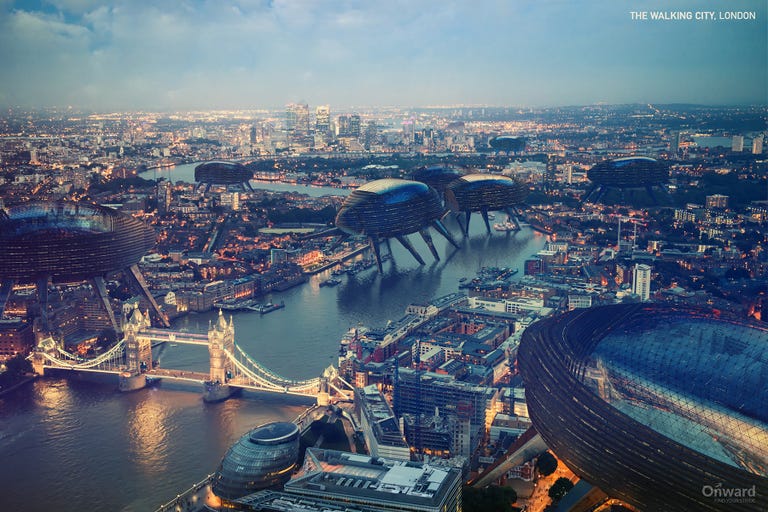
NEOMAN STUDIOS
London, England
Designs for post-apocalyptic worlds seem to always include something for either New York or London. The Walking City favors London, with 1960s designs from Ron Herron offering artificially intelligent mobile robotic structures that could freely roam the scorched earth, moving to resources or interconnecting with other pods for “walking metropolises.” They could then disperse as needed. Yeah, this concept was much more than 50 years ahead of its time
Tatlin’s Tower

NEOMAN STUDIOS
St. Petersburg, Russia
The 1919 concept of architect Vladimir Tatlin was designed to rise 1,300 feet into the Russian sky in a twisting mix of iron, glass and steel as a masterful symbol of progress and modernity. Of course, housing the Third Communist International headquarters also exemplified the Bolshevik Revolution.
While the true Tatlin’s Tower never took to Russia, models have found their way into museums across Europe.
Hotel Attraction, New York City

NEOMAN STUDIOS
New York City, U.S.A.
Antoni Gaudi’s designs mesmerize visitors to Barcelona. A 1908 plan to bring Gaudi’s wild spires and curves to New York City in the form of the modernist Hotel Attraction would have given the city the tallest building in the country with conical towers and a star-shaped sphere. With money backing the plan, Gaudi’s Hotel Attraction was moving forward until Gaudi backed out and the entire idea collapsed.
No comments:
Post a Comment